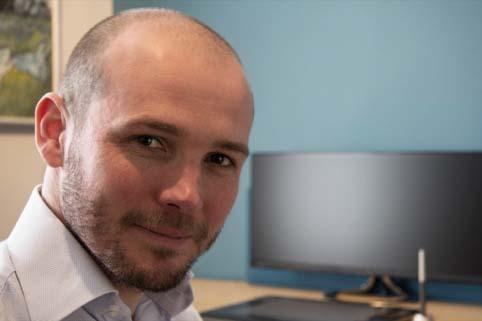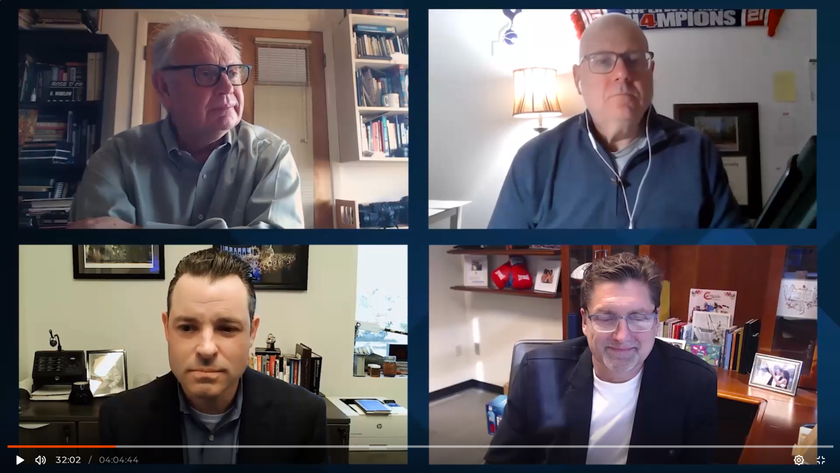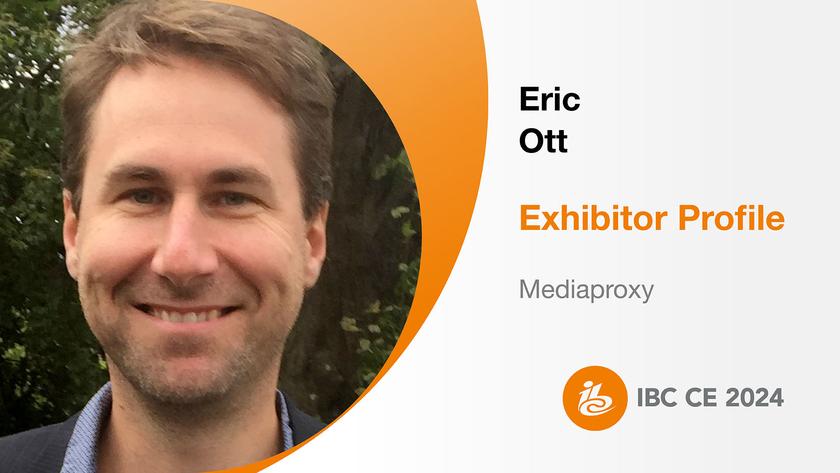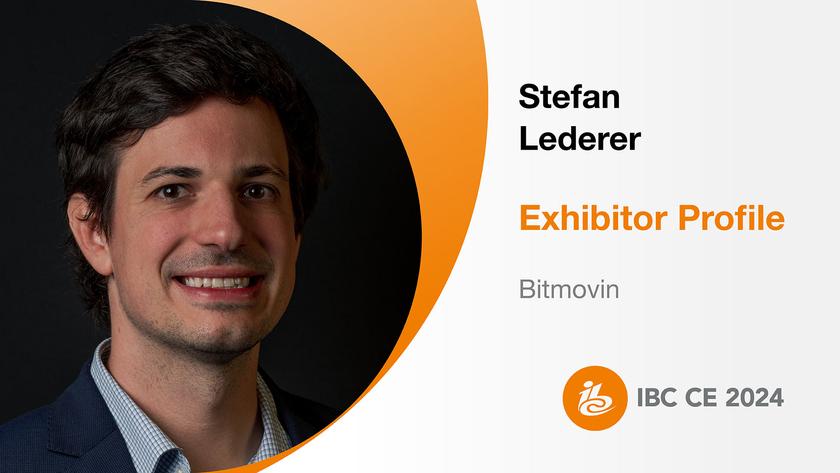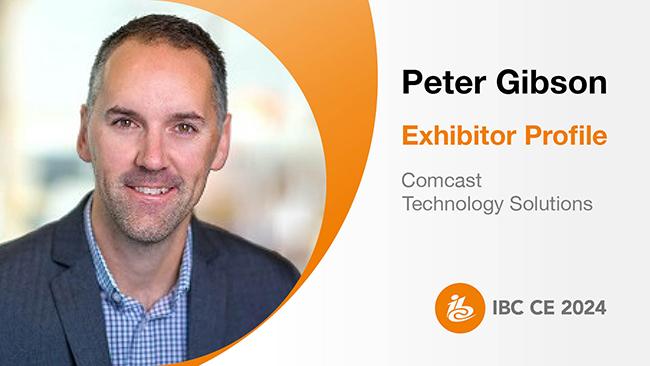GV Expo: PBS Ops VP to Discuss Network's HDR Trials
ARLINGTON, VA.—PBS recently announced its first end-to-end test of “next-gen” video content, delivering a musical performance in high dynamic range, ultra hi-def video and immersive audio to two Midwestern member stations. The test was hosted by the PBS Advanced Format Center at NPR, a collaboration of both public broadcasters, PBS member stations as well as vendors and manufacturers. The Center is led by Renard Jenkins, vice president of PBS Operations, Production & Media Distribution, who will be a speaker at the upcoming GV Expo in Washington D.C.

The transmission originated with a performance by drummer Dennis Chambers recorded in Herndon, Va.-based Blue Room Music Studios with DPA Microphones, processed into Multidimensional Audio by DTS. PBS said it was the “first known” transmission combining the UHD format with HLG10 HDR and DTS:X audio.
Ericsson did the real-time 4Kp60 HEVC encoding, and SES handled satellite transmission to PBS member stations in St. Paul, Minn, and Jackson, Miss., where it was received using a prototype set-top from ViXS that decoded the payload for HDR-capable consumer displays and a 7.1.4 loudspeaker array, as well as for legacy SDR displays and other audio devices, including a Yamaha YSP-5600 soundbar.
Jenkins spoke with TV Technology to provide some insight about the September test as well as the network’s plan for next-gen content delivery.
TV Technology:Tell us more about the Advanced Format Center and its mission.
Renard Jenkins: The mission of the AFC is to work with our public media member stations as well as vendors and manufactures to explore the possibilities of advanced media formats, processes, workflows and benefits.
PBS is always investigating ways to enhance the viewer experience and to create engagement. The AFC is an extension of that companywide goal.
TVT:PBS said it “successfully” delivered live ultra high-def, high-dynamic range, immersive audio programming to a home reception device in a September trial transmission. How do you define “success” in this case?
Jenkins: For DTS, SES, DPA and PBS, success was really about being able to verify that original BT2100/DTS-X signal was transmitted and delivered intact on both ends of the chain. It took us a few attempts to get everything in place and working correctly. However, with the help of Roy Davis at Mississippi Public and Bruce Jacobs and Don Heppelmann at Twin City Public and their teams, we were able to verify the signal by the end of day two. There is much work to be done and the AFC plans to continue working with organizations like the UHD Forum and its members to do the work needed to refine the process.
TVT:Does PBS plan to distribute this format to member stations?

Renard Jenkins
RJ: There are a lot of options out there, but you have to have [the] full end-to-end path to support them. The purpose of this test was to see what we and the member stations could do today with the existing chain and a few additional parts and pieces.
We are continuing to explore the benefits of distributing this format while keeping our eyes on the ever-agile target that is the next big thing. ATSC 3.0 has the potential to open a number of doors by which we could enhance our deliverables to the member stations. 8K is already gaining steam in the international market, so we plan to be ready. Our content producers are moving quickly to these new formats so we have to figure out the best way to deliver their original vision to the station community.
TVT:What is the concept for using this advanced-format production-distribution chain?
RJ: The concept for using this advanced format production distribution chain is fluid right now. But the technology opens the door for us to work toward being able to bring some of the world’s greatest artists to the home or mobile device in ways that were previously thought to be impossible.
Enhanced and immersive media could change the way media is used for educational purposes. Imagine the feeling of being immersed in the history lesson instead of just reading or watching it. There are so many uses for these solutions but in a way, they are still in their infancy so we have to continue to explore.
TVT:The feed, transmitted via SES satellite, was said to carry “next-gen” content that conformed with ATSC 3.0 “guidelines,” among others. Does this mean we can expect some member stations to adopt ATSC 3.0, perhaps in the near future?
RJ: It is true that we tried to stick very close to the ATSC 3.0 guidelines. They provided a basis from which to work. That said, PBS is heavily involved in the ATSC 3.0 conversation and will continue those conversations.
TVT: Isn’t PBS phasing out satellite distribution? Does this signal a return to it?
RJ: The goal of this test was to see what could be done right now with our current infrastructure. We are still in the midst of an RFP process for public media’s next interconnection platform but I don’t have details to share about that currently since the process is not complete.
TVT:PBS said that it used HDR10 and DTS:X versus the Dolby HDR and audio specs. Is this primarily a business decision, or does it, say, reflect consumer receiver market?
RJ: This was just the first trial. DTS and DPA were great partners.
The AFC is truly agnostic when it comes to working with vendors. The goal is always discovery and exploration with the intent to bring best of breed to our member stations.
We do plan to work with other audio solutions in the very near future. Thus far, there have been no decisions made regarding which HDR or audio solution PBS will adopt. Our key consideration in all of these decisions is not limiting our content providers.
TVT:Live programming on PBS comprises mostly performances and news, correct? The September trial was a “time-shifted live production and real-time transmission,” meaning the material was recorded in this case in Washington, D.C. and transmitted to PBS member stations in St. Paul, Minn., and Jackson, Miss. Was there a particular reason for using two Midwestern stations, or these two specifically?
RJ: It is correct that the majority of our live national content is comprised of performances and news. However, that may not be the case for the many local and university stations that are a part of the PBS system. The decision to choose MPB and TPT was really simple. Both of the stations have C-Band capabilities, they are innovative and they are members of the AFC. The north/south geographical positioning was a bit of a bonus. In 2014, when the AFC did its first terrestrial trial, we went bi-coastal. We worked with WNET in New York City and KQED in San Francisco to deliver UHD/29.97 at 25 Mbps over IP into Las Vegas for our annual convention. That was an exciting test and quite the nail-biter back then but we pulled it off.
TVT:Is there a need for, and will there be, future trials with non-recorded live content?
RJ: There is definitely a need for truly live delivery of content of this type in the future. That is the next hurdle for us, as well as a number of our vendors and manufactures. As for the AFC, we have a lot more trials in our future.
TVT:Is this just designed for television or are there non-broadcast applications (government, cinematic, etc.)?
RJ: I would say this could definitely be useful for other applications beyond television. Security experts could enhance their current offerings. The cinema could bring the reality of a live premier to your local theater and make you feel as if you are on the red carpet with your favorite movie stars. However, education is the one that always comes to mind for me. Just imagine what an imaginative and innovative educator could do with this type of technology. The uses cases are boundless.
TVT:What did you learn, and what needs to be improved upon?
RJ: Well, I would say that I learned a lot of patience with this one. I also learned that moving the content isn’t the hard part. Its making sure that the delivery is correct. I believe proper decoding will continue to be rabbit that we are all chasing. As chipsets and viewing device continue to mature and improve, this will become less of a challenge for both audio and video. However, for now that was the one that kept us all thinking and on our toes.
For more information, please visit www.gvexpo.com.
Get the TV Tech Newsletter
The professional video industry's #1 source for news, trends and product and tech information. Sign up below.
